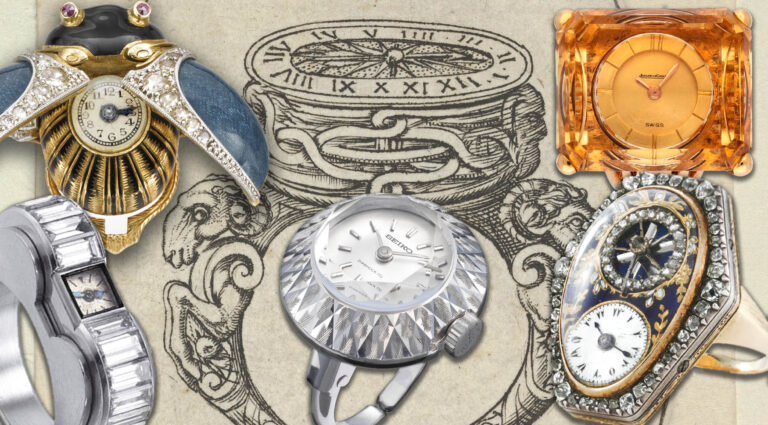Buffy Acacia
From the time when watchmaking was distinct from clockmaking, The Venn diagram of watches and jewelry is a circleNo matter how practical or durable a watch may be, the fact remains that it is an accessory and a means of self-expression. It ranks lower in the jewelry category.A watch can be placed anywhere a movement can fit, and given how small watches are, rings have long been an easy target.
The 16th century and Pierre Woériod de Buzey II
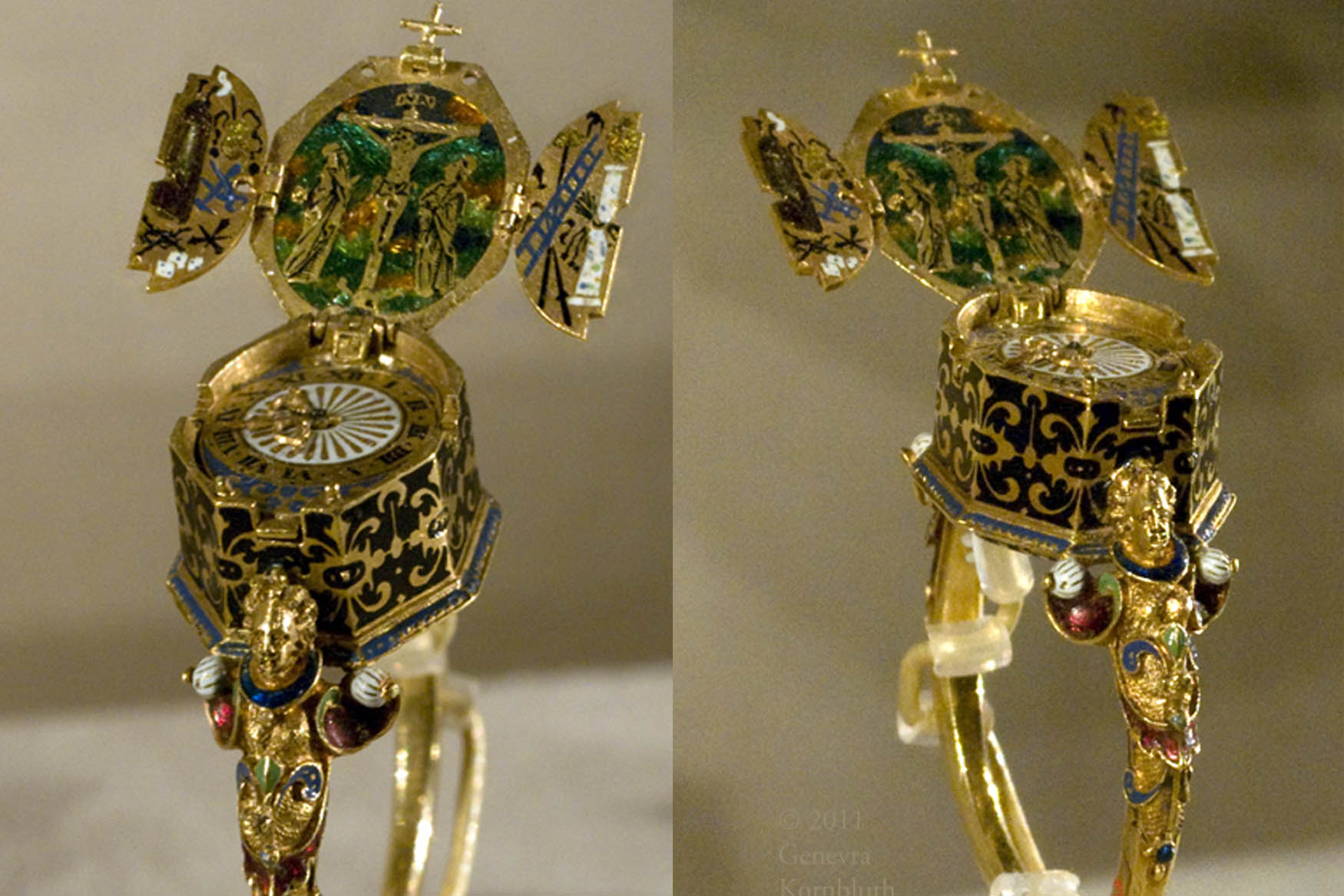
We all know that watchmaking is a very old profession, but its history is often underestimated. Clocks small enough to be portable have been around since the 1450s, and brilliant minds of the Renaissance knew that miniaturizing that technology wasn’t just a spectacle of engineering, it was also practical. As early as 1541, Italian scholar and poet Giglio Gregorio Girardi wrote about a clock that told the time by attaching it to the handle of a pair of glasses. Perhaps the best thing about these nearly ancient designs is that their makers were also ingenious goldsmiths, lavishing attention to detail.
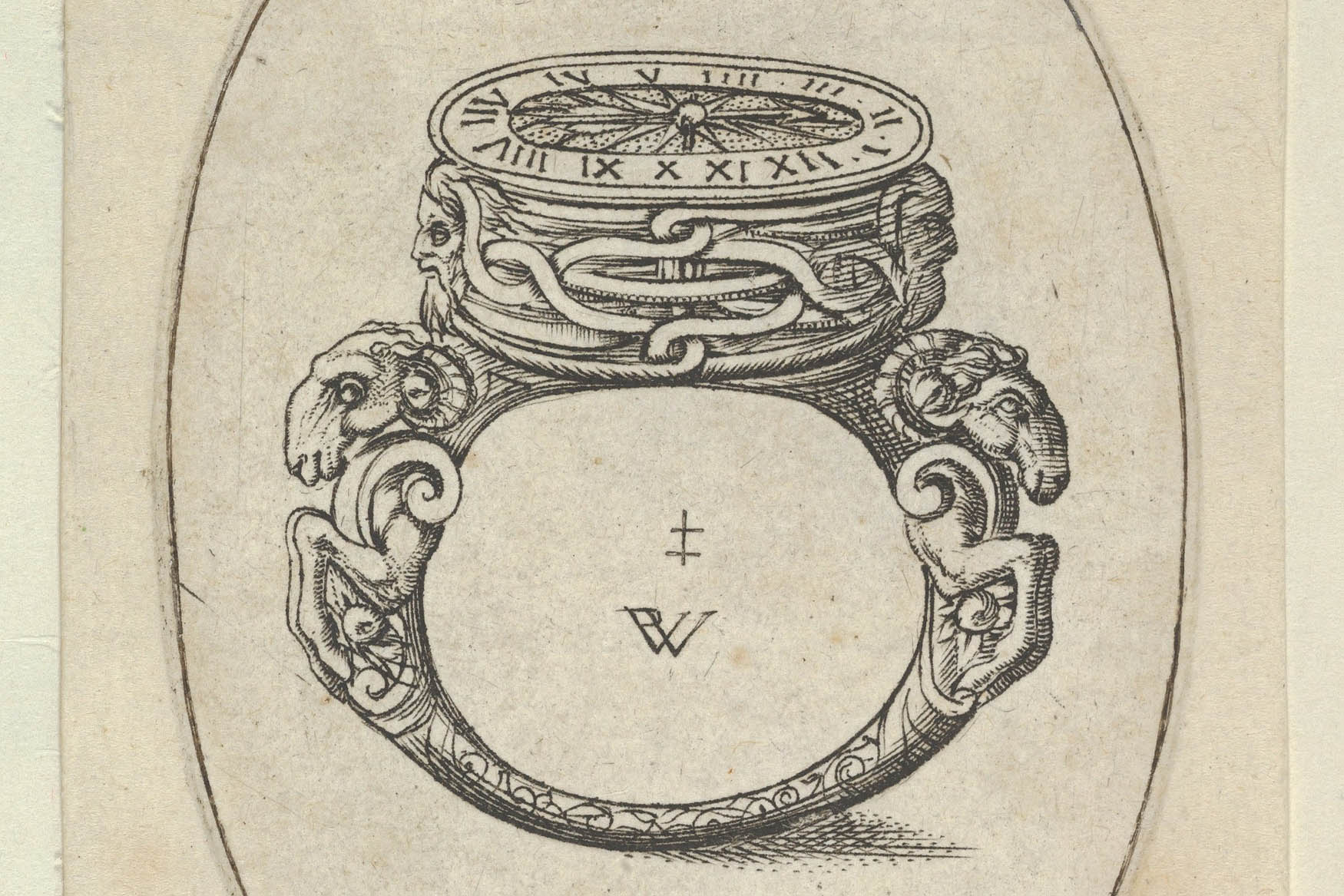

The earliest evidence of a ring watch actually dates back to the late 16th century. In 1561, when Queen Elizabeth I ruled England and Madrid was declared the capital of Spain, a goldsmith named Pierre Voeiglio de Buzey II published a book of engravings. His book, “Scrolls of the Orfèvrerie, the invention of Pierre Voeiglio Rolland,” clearly depicts the plate of a mechanical clock set in a ring, with ornate decorations and a pair of rams on either side. Although there is no record that this particular ring watch was ever made, it does prove its existence even earlier in the Renaissance.
Madame de Pompadour and Pierre-Augustin Calon de Beaumarchais
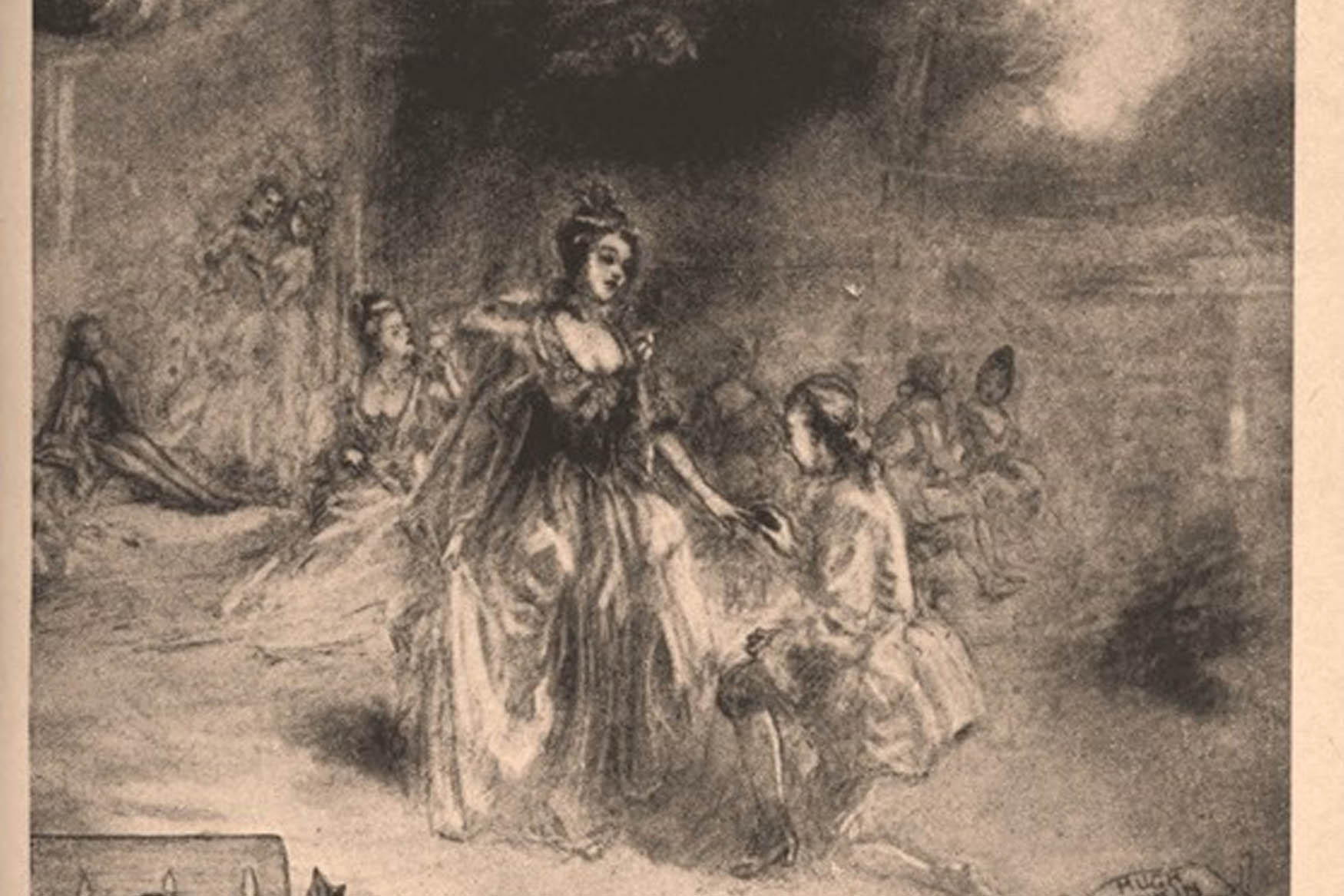

The next big milestone in the story involves the rather famous Madame de Pompadour and King Louis XV of France. Pierre Beaumarchais, author of the controversial anti-aristocratic The Marriage of Figaro, was only 22 years old when he presented Madame de Pompadour with his design for a keyless clock. The watch could be wound with a simple twist and was set on a finger ring. The king then commissioned a repeater clock to be made for himself. Although it sounds like fiction, the story is recorded in Beaumarchais’ own words in a few preserved letters. There was even a dispute over the invention, and the Royal Academy of Sciences eventually credited it to Beaumarchais.
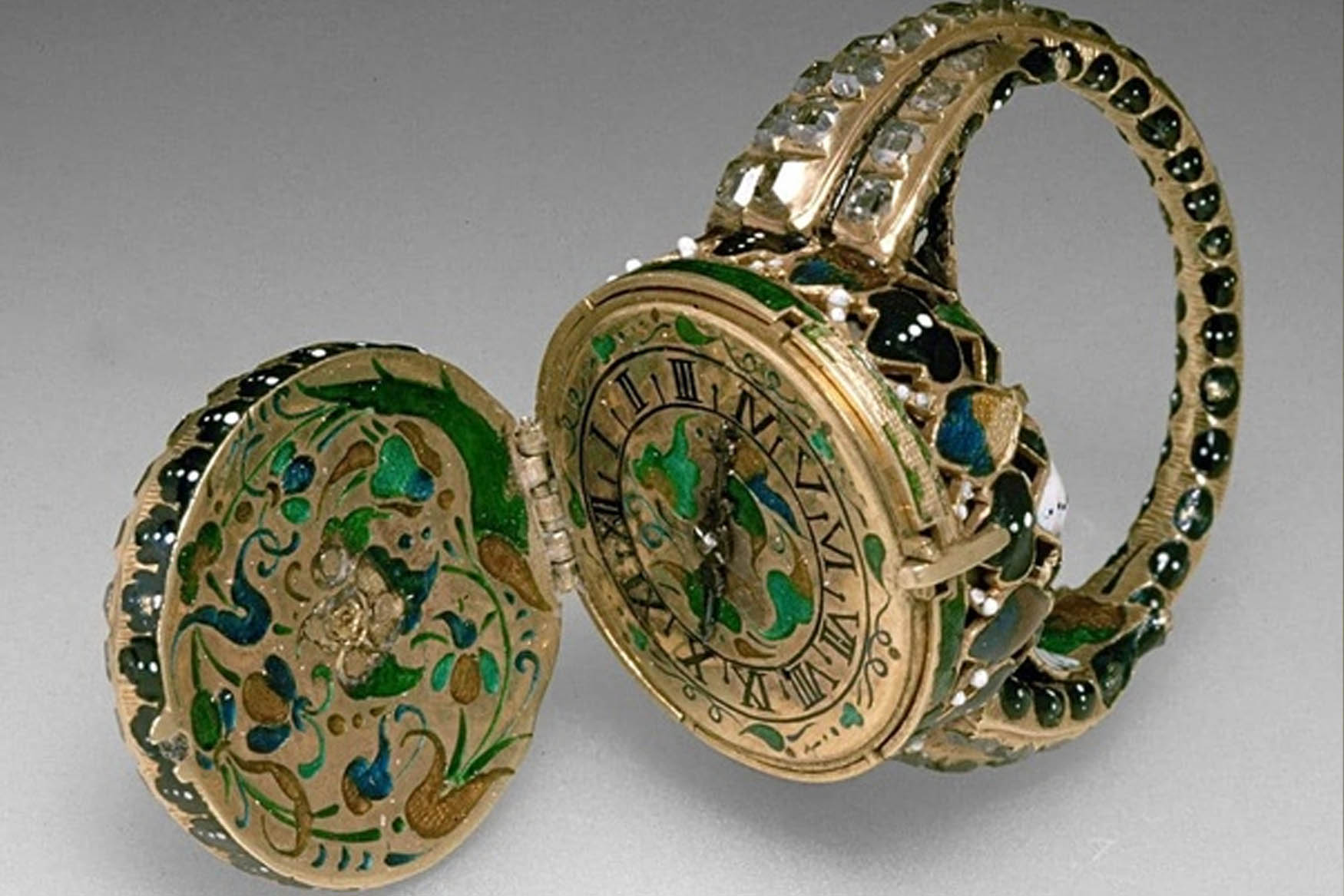

19th century
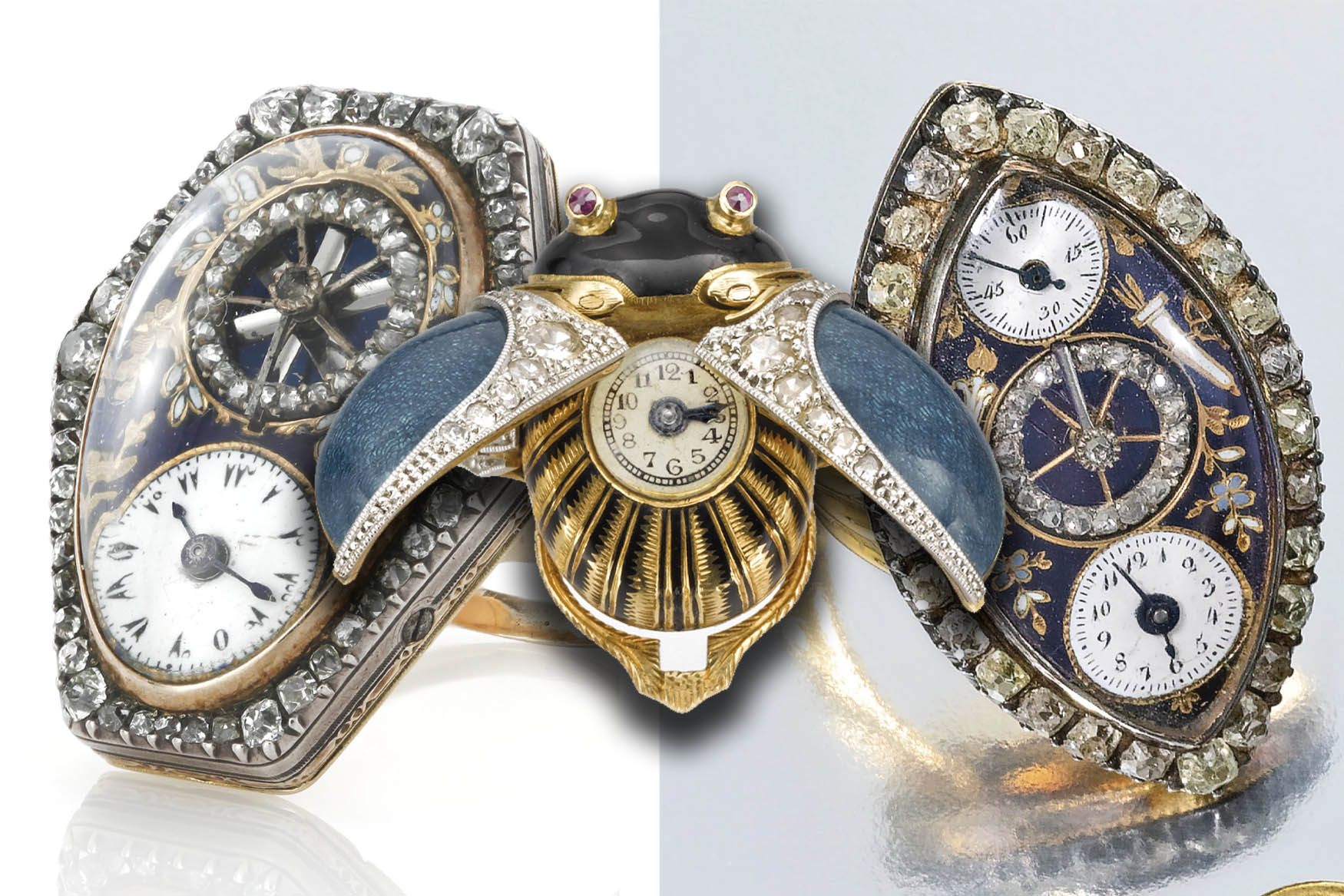

From the early 1800s through the Victorian era, ring watches became an upper class staple, available not only to aristocrats but to anyone wealthy enough to buy one. After Prince Albert died in 1861, ring watches fell out of fashion in favor of Queen Victoria’s less extravagant mourning jewelry. However, as miniature movements became almost comically small in the 1900s and 1920s, ring watches became popular again. With a gorgeous Art Deco design And amazing gem settings.


As wristwatches soared in popularity in the early 20th century, ring watches didn’t become as common, but some were still used as party tricks: Some were small enough to be hidden under a jeweled lid and discreetly opened to tell the time. If you’re bored at a cocktail partyLaunched in 1929, the Jaeger-LeCoultre Caliber 101 is still the world’s smallest mechanical caliber, measuring 14mm long, 4.8mm wide and 3.4mm thick, making it ideal for fitting in a ring.
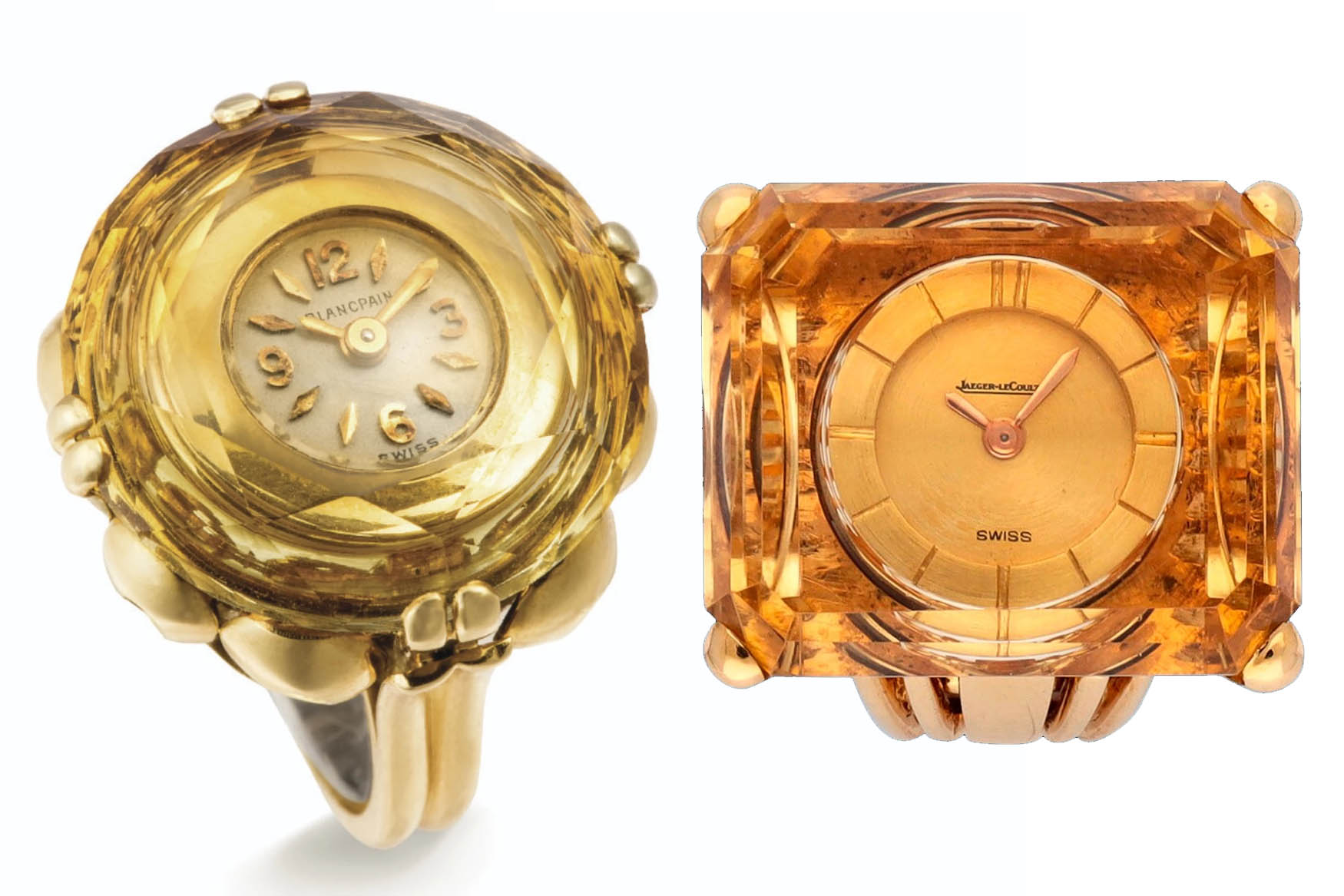

By the 1950s the gap between men’s and women’s jewellery had widened considerably, but the post-war economic boom led to a proliferation of ring watches for middle-class women. Watches now came in steel or base metal cases with ready-made movements and engraved with the retailer’s name. But high-end models still existed, such as those from Blancpain and Jaeger-LeCoultre, which used semi-precious stones instead of glass as crystals. Driven by the Lady Bird Movement (the smallest round movement) Introduced in 1956.


The 1960s and 1970s saw an explosion of creativity and the rapid rise of Japanese brands and their increased competitiveness. Seiko in particular was a major player.Search for vintage ring watches on eBay today and the majority of them are Seiko, mainly because the brand made them in great volume. Fluted bezels, faceted crystals, and adjustable bands that fit many fingers are staples of the Seiko catalog. They don’t have the old-fashioned glamour of antique ring watches, and their thickness can make them look like little cupcakes, but they’re still very cute and fun. And if you’re lucky, they might even keep time.
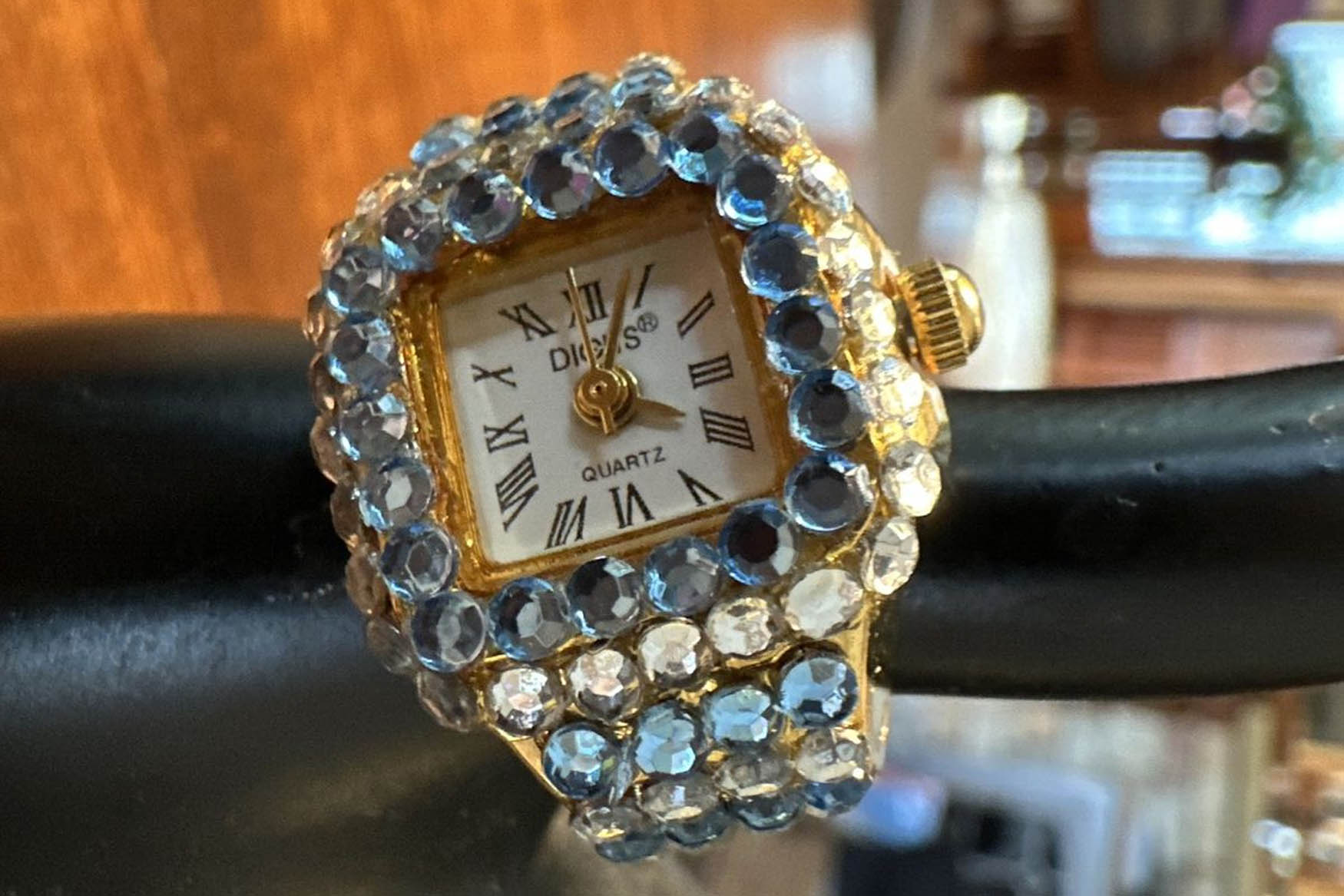

And then the quartz crisis happened.Most of the Swiss brands that made movements to fit rings went out of business, and the few that survived did so by focusing on more unpretentious product lines. Digital watches also became fashionable, and wearing an outdated mechanical watch on your finger was no longer as cool as it once was. In the late 80s, 90s, and 2000s, ring watches became a bad novelty. Most of them were from no-name brands, made as cheaply as possible, and sometimes made from plastic or rubber. Even if they were still in fashion, ring watches were associated with the image of flea market junk and quickly fell out of favor, except for a few great watches from brands like Jaeger-LeCoultre and Audemars Piguet.


So where does the ring watch stand now? Overall, there is no doubt that interest in high jewellery watches is growing again. The ravages of minimalism are fading, and people are no longer afraid to express themselves with bold colours, wild shapes and intricate textures. Perhaps it is also because The influence of jewelers such as Bvlgari Cartier has become so well respected in the watch industry that the lines are blurring for the better. We’ve yet to see a new series of ring watches from the big name brand, but it seems like it’s only a matter of time.
Should a ring watch be taken seriously? Absolutely. Anyone who appreciates mechanical movements and the feats of engineering required to make them work will understand how difficult it is to fit a watch movement inside a ring. On top of that, a ring watch has to withstand more vibration and wear than one that simply sits on your wrist. Indeed, ring watches become more collectible and valuable as they get older. Because of its physical value as a precious metal and jewelryBut modern versions from the likes of Seiko are much more wearable and can still be worn if the mood strikes. If you think the ring watch is on the verge of a comeback, you’d better start shopping now before vintage prices skyrocket.
